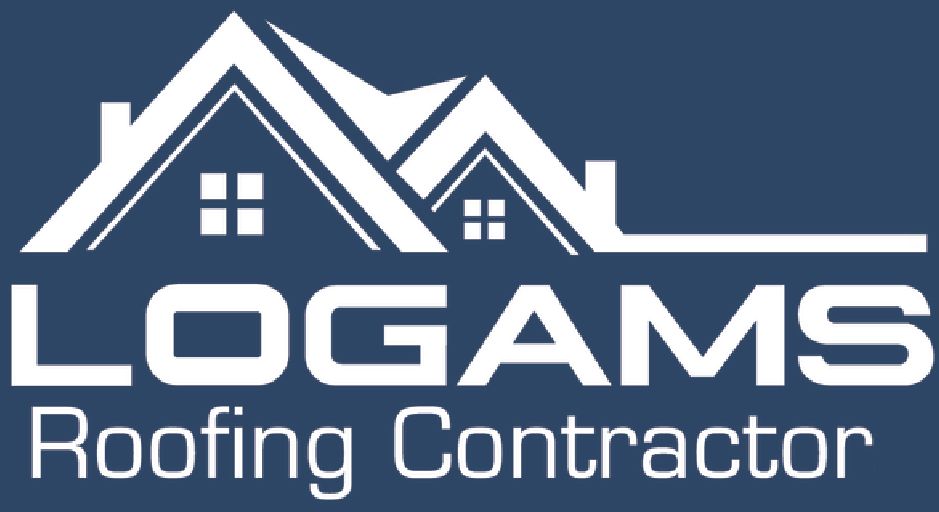What ocala home owners need to know before replacing their roof
Your roof isn’t just shingles and nails—it’s your home’s first line of defense. And in Ocala, that defense gets tested. Hard.
We’re talking scalding sun, thick humidity, six-inch summer rainstorms, and 140 mph winds—and that’s on a normal year.
Yet most roofs in town? They're built for mild weather and short-term thinking.
If you’re a homeowner in Ocala, this is your heads-up, your crash course, and your unfair advantage all rolled into one post. Because at Logams Roofing, we’ve climbed more Florida roofs than we can count, and we’re pulling back the tarp on what really works—and what falls apart fast.

What’s Sitting on Top of Ocala Homes Right Now?
Asphalt Shingles: The Familiar Favorite (With a Hidden Price Tag)
They’re everywhere, and for good reason: asphalt shingles are cheap, easy to install, and come in dozens of styles.
But here’s the catch: they weren’t built for Florida.
The average lifespan in our climate is 15 to 20 years, and that’s assuming no major storm rolls through. Intense UV, humidity, and seasonal downpours turn these shingles brittle, dark, and curled long before they should be.
Architectural shingles—thicker and more textured than the basic 3-tab style—hold up better, but they still cap out at around 130 mph in wind resistance. That’s cutting it close when Marion County sits squarely in the 140 mph zone under Florida’s new building code.
Bottom line: asphalt shingles win on price. But over a 30-year period, you could end up replacing them two or even three times.
If you're in Ocala for the long haul, that's not just inefficient—it’s expensive

Metal Roofing
More and more Ocala homeowners are trading short-term savings for long-term performance—and metal is where they’re putting their money.
Metal roofing is no longer just for barns and beach homes. It’s sleek, wind-tough, and energy-conscious. With proper installation, it can shrug off 160 mph winds, reflect solar radiation, and last 40 to 70 years without needing a second thought.
Options include:
- Standing seam: concealed fasteners, modern look, extreme durability
- Exposed fastener panels: cost-effective, still wind-resistant, ideal for simpler roofs
- Stone-coated steel: blends into tile or shingle aesthetics but performs like metal
Yes, the upfront cost is higher. But when you factor in reduced AC usage, fewer repairs, and discounts from wind mitigation insurance inspections, it’s often the smarter financial move.
Tile Roofing: The Premium Performer
Tile roofing—whether clay or concrete—is iconic in Florida. And in the right scenario, it’s unbeatable.
Its core advantage is longevity. Concrete tiles can last 50 years. Clay tiles? Upwards of 100. They’re resistant to rot, insects, fire, and wind. The density of tile also helps regulate attic temperatures, keeping homes cooler in the dead of summer.
But weight is a major consideration. Not every home in Ocala is built to handle tile loads. Reinforcing your roof deck can add thousands to the cost—and not every contractor will tell you that upfront.
Tile isn’t for every homeowner. But if your architecture calls for it, and your budget allows, it delivers on both beauty and performance.
Why Ocala Isn't "Anywhere, USA"
If you’re picking roofing materials based on national averages, you’re gambling with your home.
Ocala isn’t just hot—it’s relentlessly humid, with storm systems that bring walls of rain and wind gusts well over 100 mph. Your roof has to do more than shed water—it has to block radiant heat, stay locked down during tropical systems, and resist biological growth from near-constant moisture exposure.
Here’s what works:
- High wind resistance: Metal and tile systems lead here. Some metal roofs are rated up to 160+ mph, and tiles can match that when installed correctly.
- UV and heat reflectivity: Metal reflects sunlight far better than asphalt, helping reduce attic temperatures and monthly cooling bills.
- Algae resistance: Asphalt shingles struggle here unless treated. Metal, tile, and composites resist streaking and buildup.
- Moisture defense: Sealed underlayments and roof deck reinforcements matter—especially when water’s coming in sideways at 60 mph.
Florida’s Building Code isn’t a suggestion. It’s a survival manual. If your new roof doesn’t meet the 2023 standards, it’s not only a liability—it could cost you an insurance claim down the line.
Other Factors Affecting Roofing Costs
The Financial Math: Upfront vs. Lifetime
Let’s run the numbers.
Asphalt shingles
- Cost: $5 to $7.50/sq ft installed
- Lifespan: 15–30 years
- Replacement cycles: 2–3 over 50 years
- TCO: Higher than it looks
Metal roofing
- Cost: $10 to $16/sq ft
- Lifespan: 40–70+ years
- Replacement cycles: None (in most cases)
- Extras: Insurance savings, energy reduction
Tile
- Cost: $12.50 to $27.50/sq ft (plus possible reinforcement)
- Lifespan: 50–100+ years
- TCO: High upfront, low maintenance, massive durability
Composite
- Cost: $7 to $14/sq ft
- Lifespan: 40–50+ years
- Bonus: Premium look, lower weight, high wind resistance
When you factor in roof replacements, utility costs, and insurance premiums, cheaper roofing materials often become more expensive over time.
What We Recommend
At Logams Roofing, we don’t chase trends—we install roofs that stand the test of Florida.
Here’s what we recommend for Ocala homeowners:
- Short-term stay? High-quality architectural shingles installed to code with sealed underlayment.
- Long-term mindset? Metal roofing. It checks every box: lifespan, resilience, efficiency.
- Custom or style-driven builds? Consider tile or composite—especially if you want curb appeal that lasts decades.
Whatever you choose, make sure it’s installed to Florida Building Code standards by licensed, insured professionals. Your roof is more than a cap on your house—it’s a structural investment.
